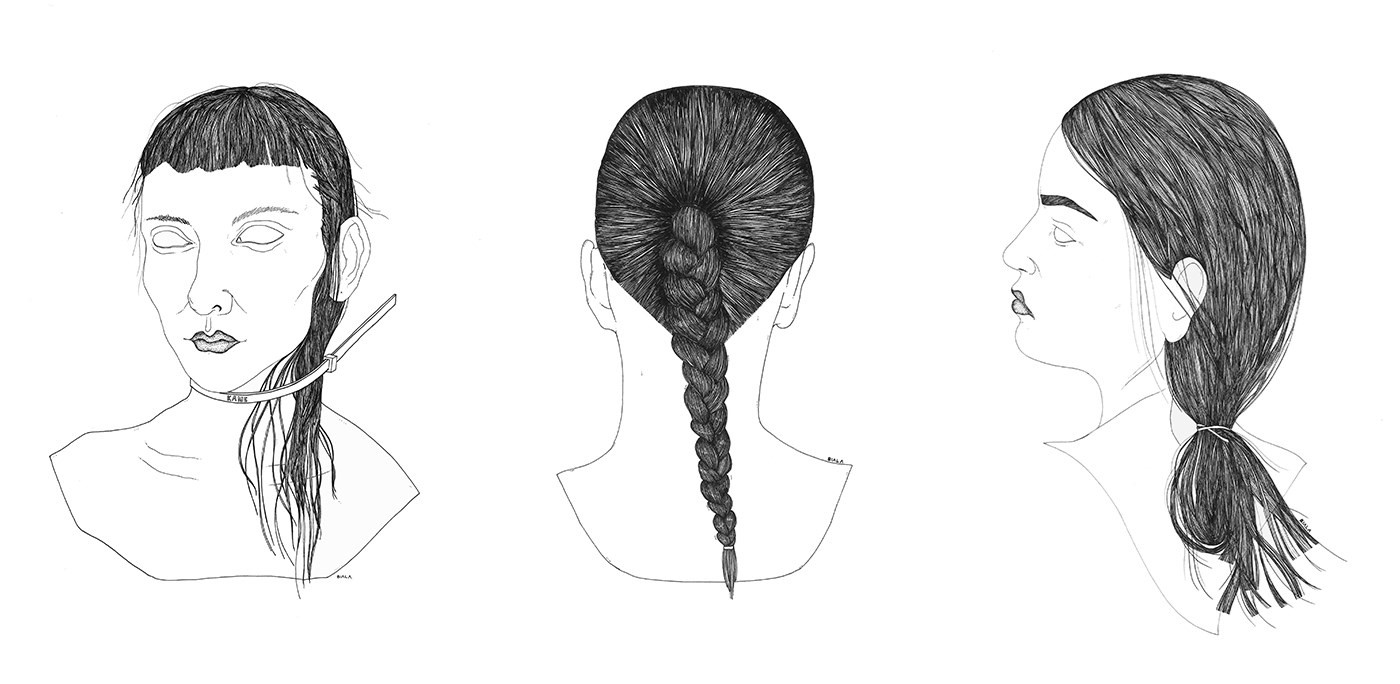Guido Palau is a man who, generally speaking, only requires a first name. His renown in the fashion industry is insurmountable; he designs the seasonal styles from everyone from Prada to Christopher Kane, Balenciaga to Céline. Hailing from London, he explains that rather than idolising conventional beauty icons, "I always looked at the left-field ideas of beauty. I was never sort of a hairdresser that looked at the classicness. The oddness in beauty or the person that created their own, unconventional look was what interested me, not the people who followed a path." This is a message that is reflected through the houses he collaborates with; there is always a hint of subversion amidst the collections he works on. "Women need, and want, to be stimulated. If you always just did a nice blow dry, they’d be bored. Even if they say ‘I’d never do that’ about a catwalk look, gradually it pushes forwards the idea of beauty – so you need the designers to present their woman in a challenging manner."
For S/S16, there were some particularly standout moments in the looks he created; crispy-textured faded glamour at Marc Jacobs, hair strung through choking pull-ties at Christopher Kane. "I think we are in a time where the whole idea of beauty has completely changed – what once wasn't considered beautiful now is," he explained. "There are so many different kinds of girl on the runway, so much more diversity, that beauty is really opening up. There are bits women can take bits from and enjoy – whether a hairpin, or some messy texture – but also things that they can have an opinion on. Beauty isn't as dictatorial as it has been in other decades, when women had to look a certain way. These are just ideas of beauty that we're creating, and sometimes fashion is there for the fantasy: to help us dream, and to help us question what beauty really is."
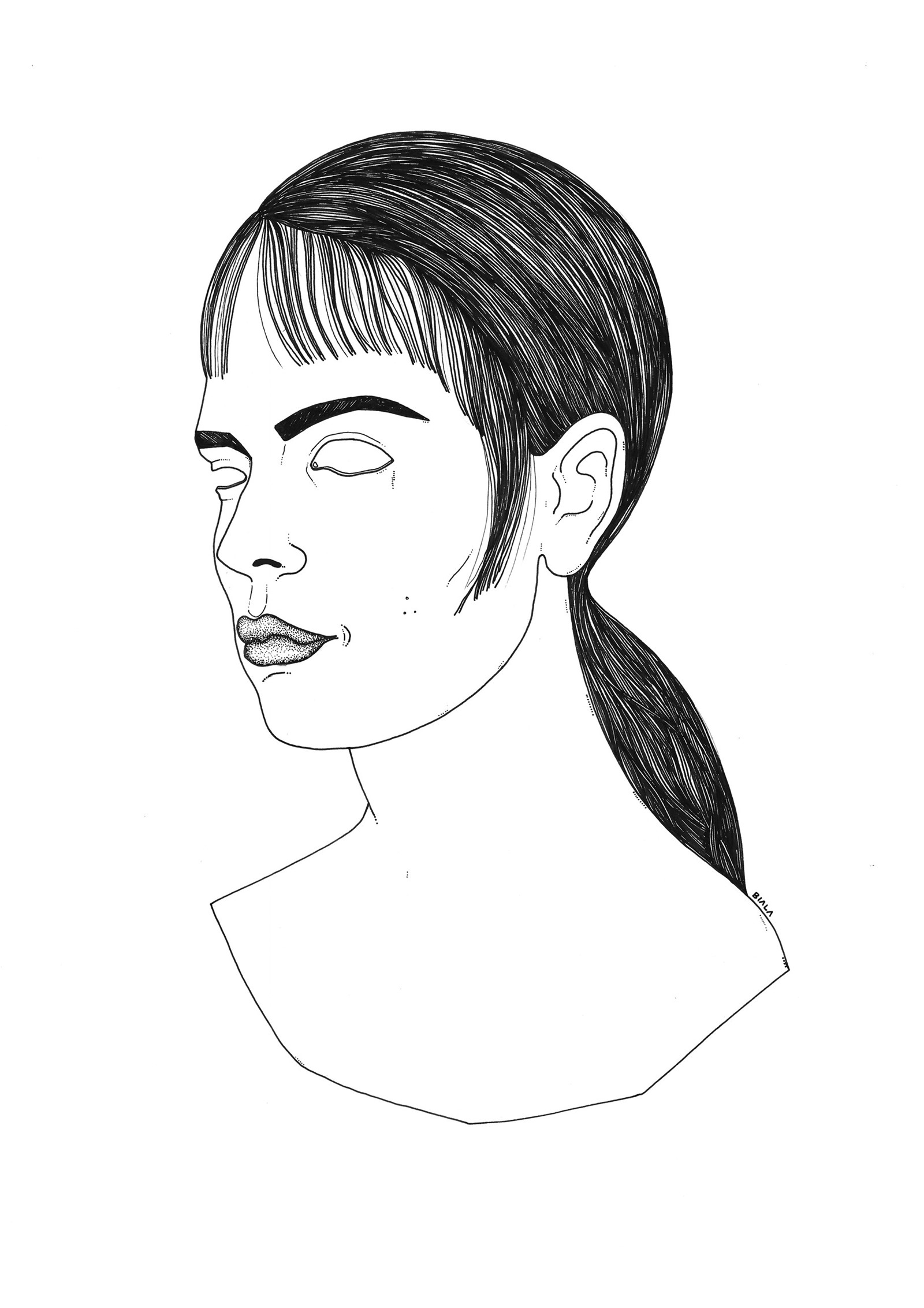
On Prada...
“It sounds funny but, when it comes to Prada, the woman we’re creating is always a version of Miuccia Prada; there are elements of her in every show. We don’t go into it by thinking that, we are not looking at her when she was in different eras of her life or anything, but it always ends up that way. Also, she doesn’t throw away a season – there might be something that she particularly likes and I might say ‘we did that a bit last season,’ but she’ll say ‘oh, that’s fine.’ A couple of seasons we’ve actually done the same hair. The Prada woman doesn’t have to radically change, but it has to be true to her idea of beauty. And with that, she always likes to be a bit provocative and challenge people’s perceptions. This time, we cut the small fringes and did a sort of sideburn thing; I was looking at skinhead girls in the 70s, but she thought it was 20s. It’s funny, we all come together for the hair and makeup and somehow it just becomes the Prada woman."
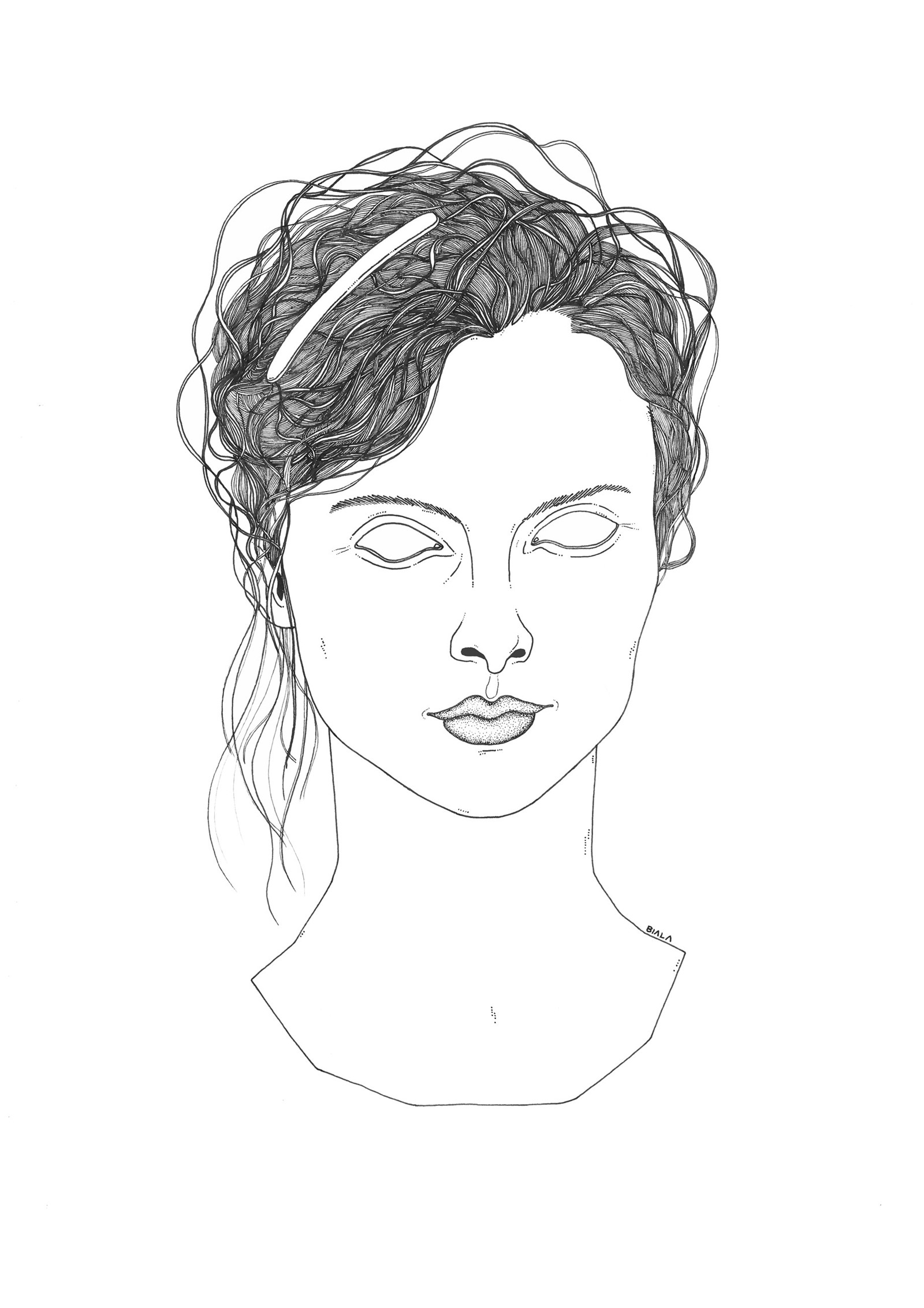
On Marc Jacobs...
“I’ve worked with Marc for so many years now but he always challenges me because I never know what he’s going to present me with. He has so many references, such good moodboards, an amazing mind. This season referenced his first grunge show, but also that mid 70s period in New York when everything was so Americana. Then he was channeling 40s hairstyles, too – but he wanted it to be very modern and have grunge elements. Marc is one of those people who just loves style, so he’ll pick from every era. I literally drenched the hair in hairspray, so that it almost went that horrible, crispy texture, then did it in a forties hairstyle. You got that marriage of the raw with the faded glamour – Marc was really looking for that melancholy.”

On Céline...
“I think what’s really interesting about Phoebe Philo is that she wears the clothes she designs, so she’s very in touch with how the clothes feel. She’s also always very concerned about how her models feel in a show, so that’s very important for the concept of the beauty looks – and even though she pulls from so many sources, from different countries and cultures, her beauty always references a strong, empowered woman. This season, she was very inspired by Nina Simone and Sade; those women who are always playing with feminine roles, but with a street edge. She’s from London, she grew up in West London, and a lot of her references are what she saw. That’s all pulled into her world; it comes out as a Céline woman but then she is, you know, the Céline woman herself.”
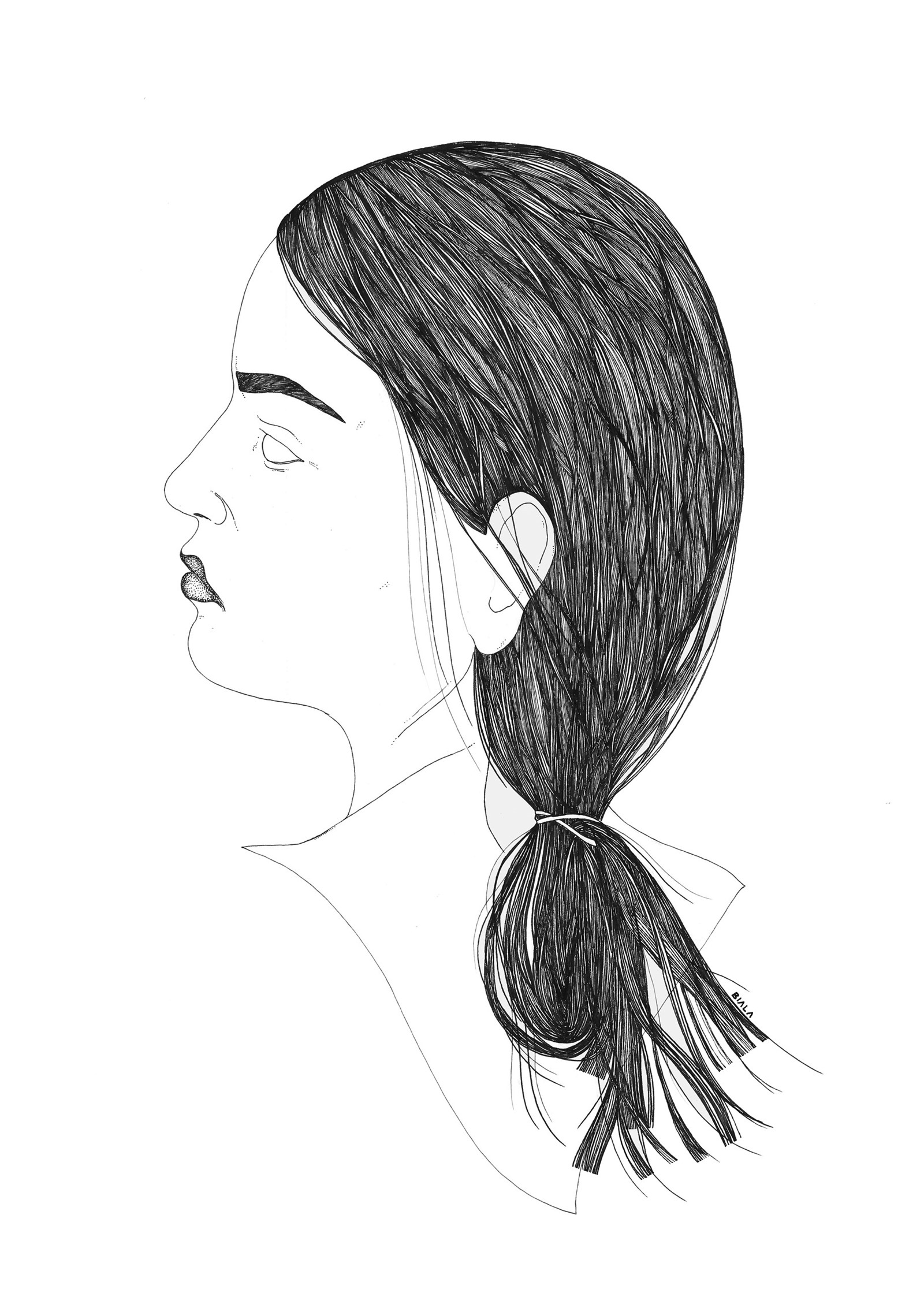
On Balenciaga...
"Alex is always a very upbeat person – I mean, when you’re finishing anything, it has a sort of sadness to it, but he is always positive and optimistic that it didn’t seep into our relationship in designing the look this season at all. I think that, for him, the collection was a kind of cleansing: an opportunity to show the purity of the Balenciaga woman with the ease of the hair and the whole presentation. The girls looked so fresh and easy and beautiful and desirable; their hair just thrown up or thrown down… it’s relatable. I always think that, in fashion, when one chapter closes then another opens."
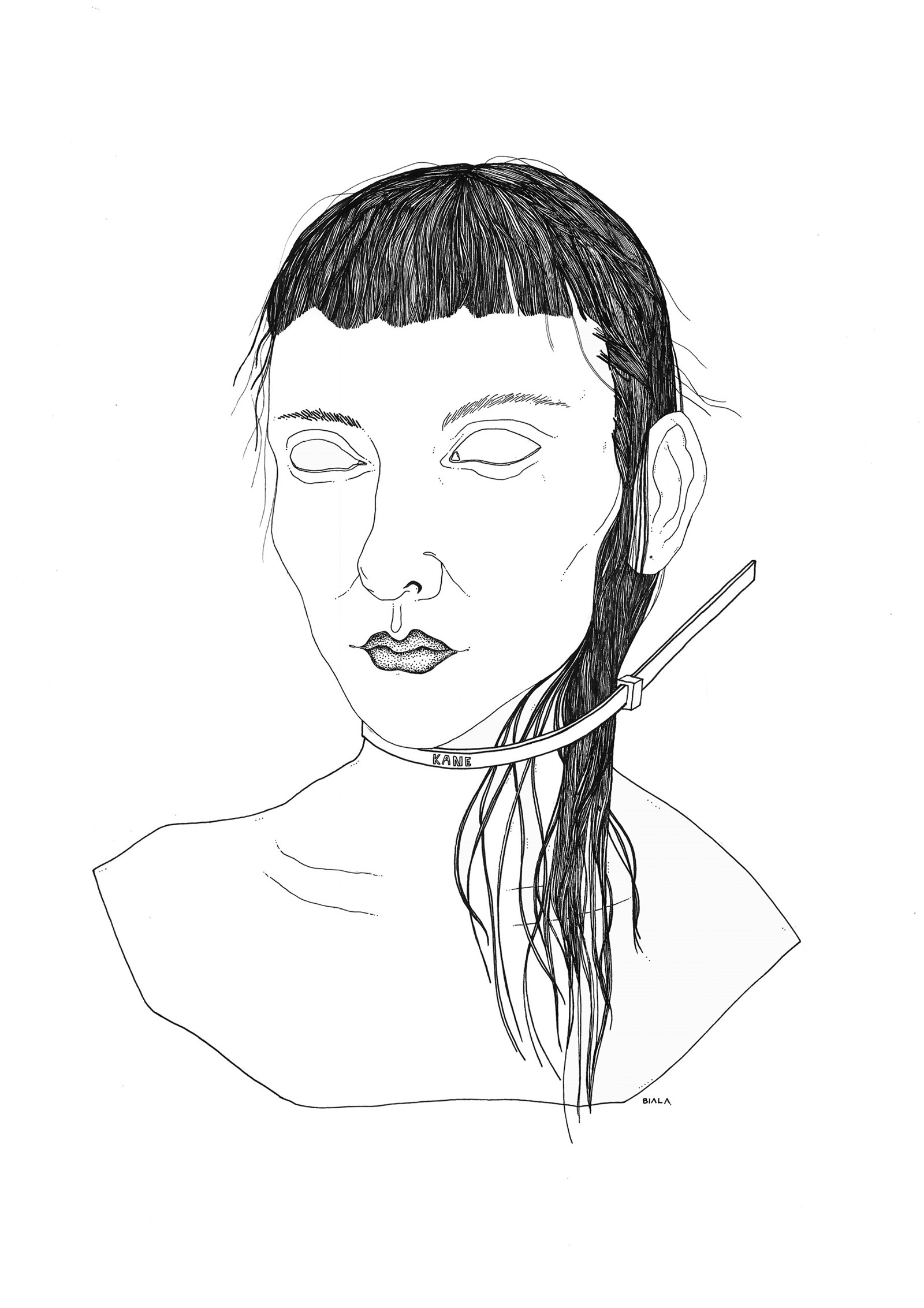
On Christopher Kane...
“Christopher has an ease about his women – meaning that he likes them to feel comfortable, his girl is from the street; it’s very British. This season, we did these chopped fringes that looked almost as if the girl had hacked at it herself – it was the idea of the skinhead girl with a raw, punk attitude, her hair trapped in those cable ties. It’s very instinctive with Christopher and Tammy [Kane] and the spontaneity of how we work together gives it something he really likes. He doesn’t like to procrastinate.”
